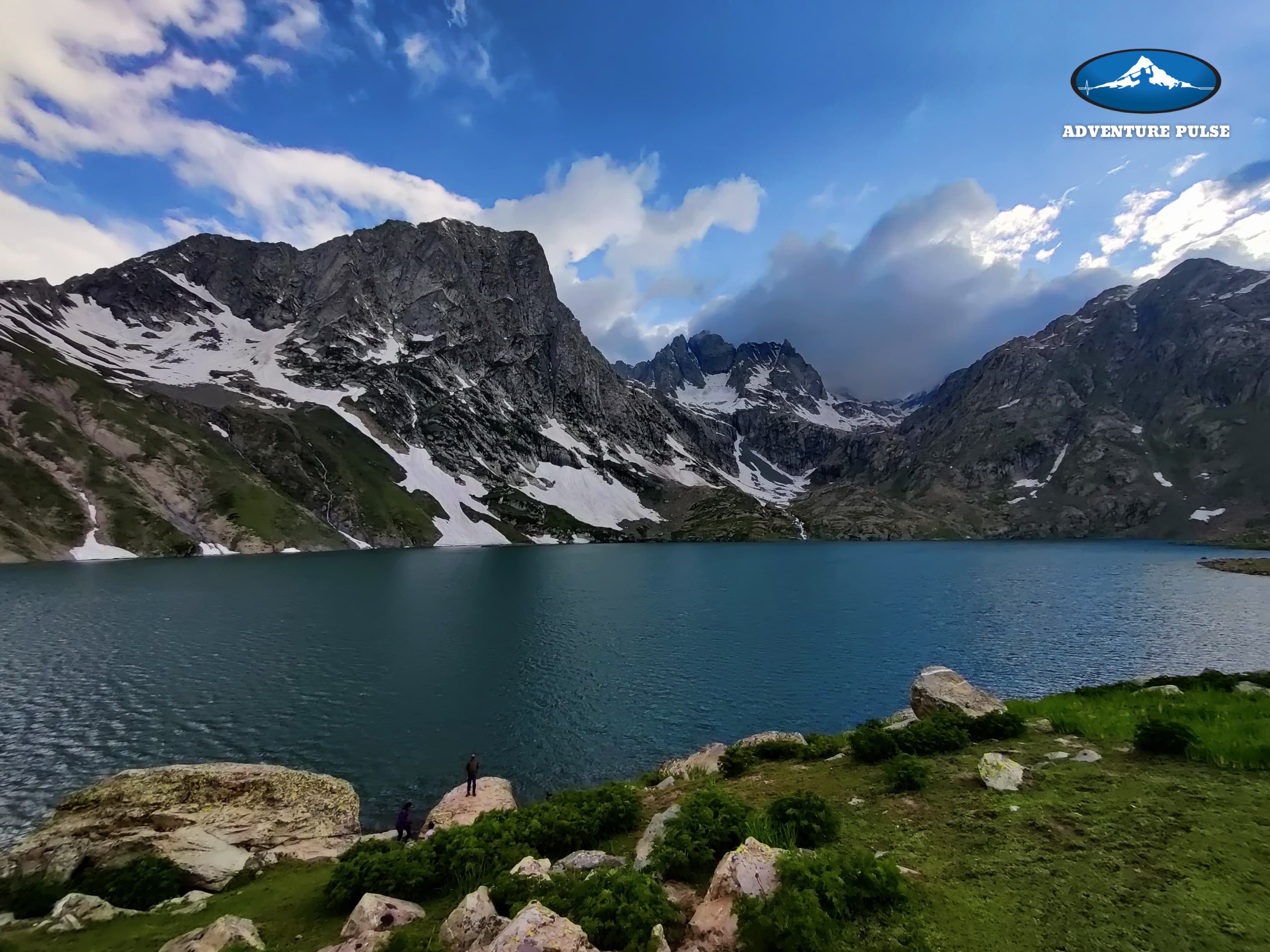Adventure Pulse Trekking
Wiki Article
Best Time for Kashmir Trek – When Paradise Beckons Most Beautifully
The Kashmir Himalayas are a dreamscape of meadows, lakes, and mountains — but choosing the best time for trekking in Kashmir can make all the difference in your experience. The valley transforms dramatically with each season, from snow-covered winters to wildflower-filled summers. For trekkers seeking the perfect balance between adventure and comfort, timing is everything.
Understanding Kashmir’s Seasons for Trekking
The trekking calendar in Kashmir typically runs from June to September, when trails open up after the long Himalayan winter. Each month during this period offers a unique charm, from snow-dusted trails to blooming alpine pastures.
Let’s explore how each season shapes your trekking journey.
1. Early Summer (June – Mid July): The Awakening of the Himalayas
June marks the beginning of the trekking season in Kashmir. As the snow begins to melt, rivers swell, and meadows awaken with the first bursts of green. The higher passes may still hold snow, adding a touch of adventure and surreal beauty to your trek.
Highlights:
- Witness partially frozen alpine lakes like Vishansar and Gadsar.
- Snowfields make for breathtaking photography.
- Meadows start to bloom, painting the landscape in soft hues of green and white.
Ideal for: Experienced trekkers who enjoy snow crossings and fewer crowds.
Temperature: Daytime 10°C – 20°C | Nighttime 0°C – 8°C
Recommended Treks:
- Kashmir Great Lakes Trek (for snow lovers)
- Tarsar Marsar Trek (for early bloom landscapes)

2. Peak Summer (Mid July – August): The Valley in Full Bloom
By mid-July, the entire Kashmir valley bursts into life. This is the best time for Kashmir trekking — trails are clear, skies are blue, and wildflowers carpet every meadow. The alpine lakes sparkle in full glory, mirroring the snow-dusted peaks around them.
Highlights:
- Wildflower meadows in full bloom — daisies, irises, and buttercups everywhere.
- Warm daytime temperatures make trekking comfortable.
- Ideal visibility for mountain photography and clear night skies for stargazing.
- Lakes like Gangbal, Nundkol, and Tarsar are completely thawed.
Ideal for: All trekkers — beginners to pros.
Temperature: Daytime 15°C – 25°C | Nighttime 5°C – 10°C
Recommended Treks:
- Kashmir Great Lakes Trek
- Tarsar Marsar Trek
- Tulian Lake Trek
3. Late Summer to Early Autumn (September – Early October): The Golden Season
As autumn approaches, the meadows of Kashmir begin to turn golden, offering a completely different yet equally enchanting trekking experience. The crisp air, clear skies, and golden-brown hues make this the most photogenic time to trek in Kashmir.
Highlights:
- Autumnal landscapes with golden grass and crystal-clear lakes.
- Cooler weather ideal for longer trekking days.
- Fewer tourists, ensuring a peaceful experience.
- Perfect lighting for photographers.
Ideal for: Trekkers seeking serenity and stunning fall colors.
Temperature: Daytime 10°C – 20°C | Nighttime 0°C – 7°C
Recommended Treks:
- Gangbal and Nundkol Lakes Trek
- Kolahoi Glacier Trek
4. Winter (November – March): For the Brave and Bold
Most high-altitude treks close by late October due to heavy snowfall. However, for adventure seekers, winter trekking in lower-altitude areas of Kashmir is still possible. Trails around Pahalgam, Yusmarg, and Gulmarg transform into snowy wonderlands perfect for short expeditions or snow treks.
Highlights:
- Experience the raw, untouched beauty of snow-covered valleys.
- Ideal for short hikes, skiing, and snow camping.
- Peaceful trails with minimal human activity.
Ideal for: Experienced trekkers and photographers seeking winter magic.
Temperature: Daytime 0°C – 10°C | Nighttime -10°C – 0°C
Recommended Treks:
- Gulmarg Snow Trek
- Aru Valley Winter Trek
How to Choose the Perfect Time for You
| Trekking Preference | Best Months | Experience Type |
|---|---|---|
| Snow Lovers | June | Frozen lakes, snow trails |
| Flower Meadow Fans | July – August | Blooming landscapes |
| Photography Enthusiasts | September | Golden autumn hues |
| Quiet Explorers | Late September – Early October | Peaceful, crowd-free |
| Winter Adventurers | December – February | Snow treks and frozen valleys |
Pro Tips for Planning Your Kashmir Trek
- Book early: July and August are peak months; permits and camps fill fast.
- Layer up: Even in summer, nights can be cold at high altitudes.
- Carry essentials: Rain protection, sunglasses, sunscreen, and water purifiers.
- Respect nature: Avoid littering and preserve the pristine environment.
- Go guided: Local experts ensure safety, acclimatization, and authentic cultural encounters.
Final Thoughts
The best time for a Kashmir trek depends on what you seek — snow, wildflowers, golden meadows, or solitude. Every season here offers its own story, written in color and light. Whether you trek the shimmering lakes of Sonamarg or the lush valleys of Pahalgam, Kashmir promises memories that linger long after your boots stop moving.
In every season, Kashmir remains the crown jewel of the Himalayas — timeless, enchanting, and endlessly inspiring.